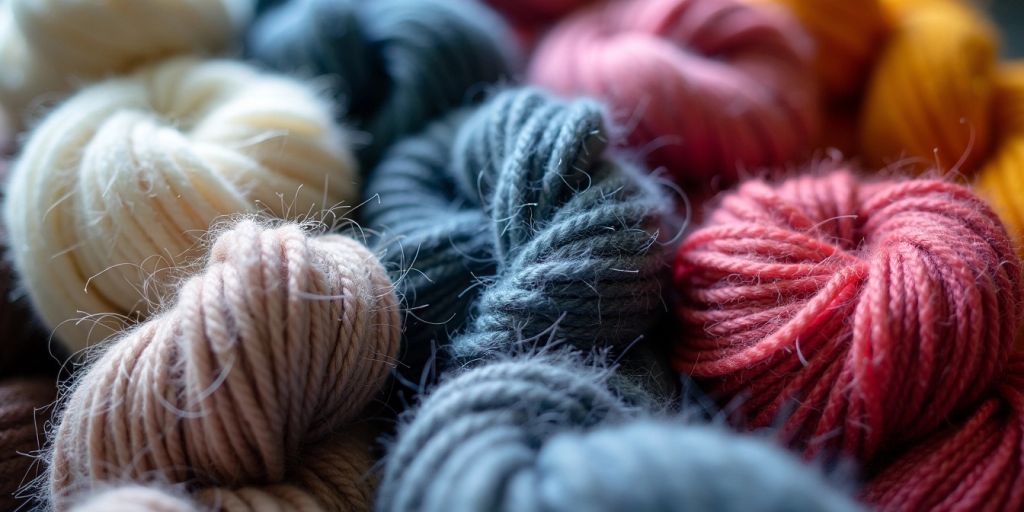How is cashmere Fibre Made and Why Is It So Desired?
How is cashmere Fibre Made and Why Is It So Desired?
Blog Article
Checking Out the Numerous Sorts Of Cashmere an All-natural Fiber for Ultimate Luxury
Cashmere, an all-natural fiber, is typically related to high-end and convenience. However, not all cashmere is produced equal. From the highly soft Mongolian selection to the lightweight warmth of Indian Pashmina, each kind presents its own one-of-a-kind features and appeal. The extra budget friendly Chinese cashmere, the conventional Scottish version, and the premium Italian blend, all tell a different tale of this remarkable fiber. As we decipher the globe of cashmere, a much deeper understanding of its true worth and elegance starts to arise.
Comprehending the Lavish Nature of Cashmere
Cashmere, typically associated with deluxe and convenience, holds an one-of-a-kind appeal in the world of all-natural fibers. Unlike other all-natural fibers, cashmere combines insulation with breathability, offering unparalleled convenience across differing temperatures. Its glossy finish and soft structure add to its high-end appeal, validating the premium cost that usually comes with cashmere garments.
Simply What Is Cashmere and Where Does It Come From?

Cashmere is acquired from the soft undercoat of cashmere goats, primarily discovered in Mongolia, China, Iran, and Afghanistan. This careful procedure contributes to the shortage and high expense of cashmere. With its beginning in the extreme landscapes of Asia, cashmere is a testimony to nature's capacity to produce luxury from hardship.
Deciphering the Various Kinds Of Cashmere
Comprehending the different kinds of cashmere is vital to appreciating the quality and one-of-a-kind features of this extravagant material. Typically, cashmere is categorized right into three types: raw, virgin, and reused. Deciphering these types is the first step in recognizing the exclusivity and worth of cashmere.

The Special Features of Each Kind of Cashmere
Having explored the different categories of cashmere, it emerges that each kind flaunts its unique set of characteristics. Mongolian cashmere, as an example, is renowned for its premium quality, due to Mongolia's harsh winter seasons that create longer and finer fibers. On the other hand, Chinese cashmere is typically much more budget-friendly, though its shorter fibers can reduce resilience. Scottish cashmere is celebrated for its beautiful softness, additional resources a a fantastic read result of the conventional water washing process making use of Scotland's soft water. Italian cashmere, at the same time, is renowned for its skillful blending and coloring strategies, making it versatile and vivid. Last but not least, Indian cashmere, additionally recognized as Pashmina, is cherished for its amazing lightness and heat. Each type, hence, adds to the material's credibility for luxury.
Why Cashmere Is the Epitome of High-end in Fashion
Cashmere holds a well-regarded setting on the planet of fashion, considered a symbol of high-end and see it here refinement. Its allure is not simply in its softness and heat, but likewise in its rarity and the thorough process associated with its purchase. Cashmere is originated from the fine undercoat of Himalayan goats, recognized for their superior high quality fiber. The deficiency of this fiber, combined with the labor-intensive procedure of collection, adds to its high price and special standing. Cashmere's unparalleled comfort and sturdiness make it an in-demand product in the creation of high-end garments. Its natural lightweight and protecting residential or commercial properties include in its value, making it the epitome of high-end in vogue.
The Process of Making Cashmere: From Goat to Garment
The trip of cashmere, from being an undercoat of a Himalayan goat to a glamorous garment, is an intricate one. This mix is then fastidiously separated, with just the soft down used for cashmere. From goat to garment, each action is a testimony to the skill, creativity and perseverance involved in crafting cashmere.

Conclusion
To conclude, cashmere, with its natural beauty and exceptional comfort, rules supreme worldwide of high-end fashion. The diversity in kinds, varying from the soft Mongolian, lightweight Indian Pashmina, economical Chinese, conventional Scottish, to the colorful Italian, discloses the convenience of this all-natural fiber. The scrupulous process of changing it from a goat to a garment additionally contributes to its exclusivity, making cashmere the epitome of refinement and high-end.
Cashmere, an all-natural fiber, is usually associated with high-end and comfort (is cashmere a natural fiber).Cashmere, often linked with deluxe and convenience, holds an one-of-a-kind appeal in the world of all-natural fibers. Unlike other natural fibers, cashmere combines insulation with breathability, using unrivaled comfort across varying temperatures. Cashmere is derived from the soft undercoat of cashmere goats, primarily located in Mongolia, China, Iran, and Afghanistan. Cashmere is derived from the great undercoat of Himalayan goats, known for their premium high quality fiber
Report this page